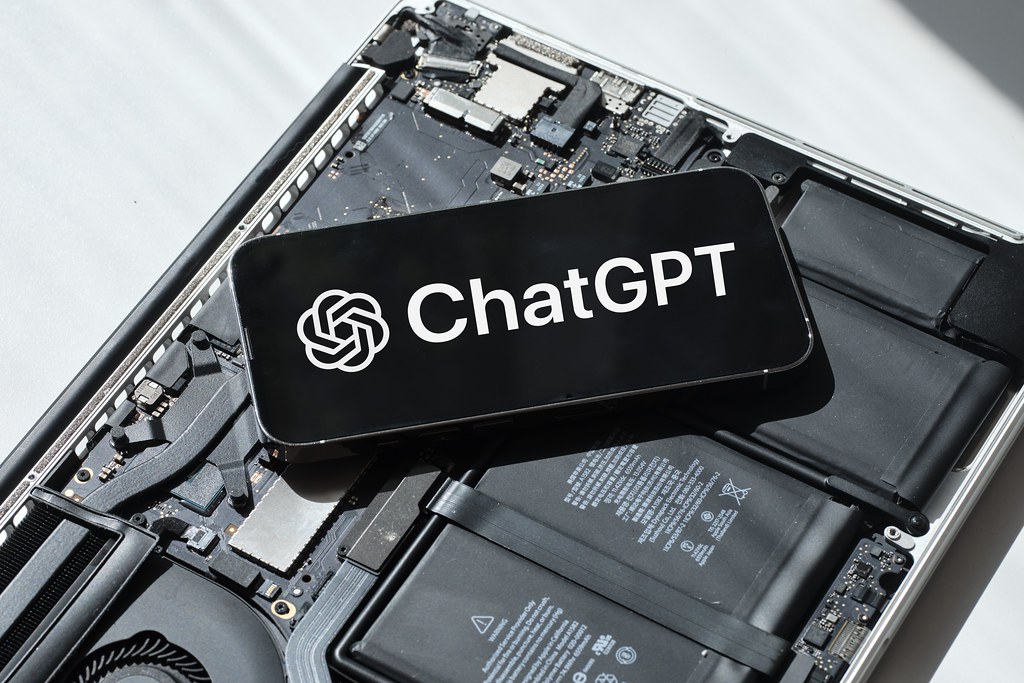Discover the 10 major differences between Grok, ChatGPT, and Bard, three of the most advanced AI chatbots in the world.
AI chatbots are gaining popularity for their diverse applications, but not all chatbots are the same. In this article, we will compare three of the most advanced AI chatbots: Grok, ChatGPT, and Bard. Each chatbot is powered by a different AI model and platform, and they have unique strengths and weaknesses. Here are the 10 major differences you need to know about Grok, ChatGPT, and Bard.
1. Platform Differences
- Grok is based on xAI: Grok is built on xAI, a new AI venture by Elon Musk.
- ChatGPT is based on OpenAI: ChatGPT relies on OpenAI, a renowned research organization co-founded by Elon Musk.
- Bard is based on Google: Bard’s foundation is Google, one of the world’s tech giants.
2. Training Data Differences
- Grok is trained on X: Grok is trained on the data from X, a social media platform owned by xAI.
- ChatGPT is trained on the internet: ChatGPT is trained on the vast expanse of the internet, which is a rich source of information.
- Bard is trained on a specific dataset: Bard’s training is based on a curated dataset of human-chatbot conversations.
3. Operating Modes
- Grok has a fun mode: Grok can provide witty and humorous responses and does not hold back on humor.
- ChatGPT has a balanced mode: ChatGPT offers balanced responses, mixing facts and opinions while following ethical norms.
- Bard has a precise mode: Bard delivers precise and accurate answers, maintaining a professional tone.
4. Content Generation
- Grok creates graphical artwork: Grok excels at generating graphical artwork, including drawings, paintings, and sketches.
- ChatGPT creates textual content: ChatGPT specializes in generating text, such as articles, product descriptions, and creative writing.
- Bard creates musical compositions: Bard can create musical compositions, including songs, melodies, and rhythms.
5. Communication Styles
- Grok explains its answers: Grok provides detailed explanations and supports its answers with references.
- ChatGPT summarizes its answers: ChatGPT offers concise summaries with bullet points and headings to organize information.
- Bard translates its answers: Bard can provide translations of its responses into different languages, with pronunciation and spelling.
6. Learning and Improvement
- Grok learns from feedback: Grok adapts its behavior based on user feedback and suggestions.
- ChatGPT learns from the internet: ChatGPT constantly updates its knowledge based on the latest information and trends on the internet.
- Bard learns from a specific dataset: Bard improves through a carefully curated dataset of human-chatbot interactions.
7. Language Capabilities
- Grok can handle multiple languages: Grok can fluently communicate in various languages and switch between them seamlessly.
- ChatGPT can handle English only: ChatGPT is proficient in English and its dialects.
- Bard can handle musical languages: Bard can communicate in different musical genres and styles.
8. Customization and Personalization
- Grok can be customized: Users can modify Grok according to their preferences and choose from different options.
- ChatGPT can be personalized: ChatGPT can adapt to the user’s personality and recall user details.
- Bard can be optimized: Bard improves based on user feedback and offers different difficulty levels.
9. Tone and Mood
- Grok can be playful: Grok’s responses are fun, lively, and may include humor.
- ChatGPT can be serious: ChatGPT provides factual and informative responses.
- Bard can be emotional: Bard’s responses are expressive and creative, often using music and melodies.
10. Roles and Functions
- Grok can be a friend: Grok can be a companion and confidant for users, engaging in various conversations.
- ChatGPT can be an assistant: ChatGPT is a helpful guide, answering questions and offering solutions.
- Bard can be a teacher: Bard serves as a mentor, teaching users about music and chatbots and providing feedback.
In conclusion, Grok, ChatGPT, and Bard are advanced AI chatbots with distinct features, capabilities, and personalities. They are based on different platforms, trained on diverse data, operate in various modes, and serve different purposes.
